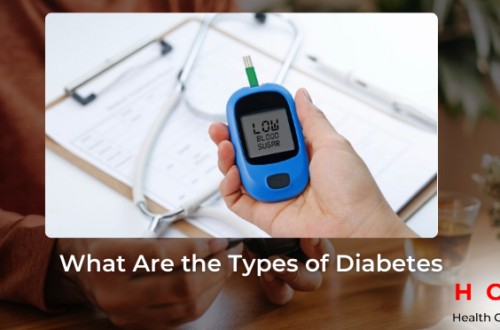
The Complete Guide to Understanding Diabetes: Symptoms, Causes, Treatment, and Prevention
Diabetes is a long-time disease which coexists with millions of citizens in different countries. It interferes with the normal functioning of the body especially as a regulator of blood glucose levels hence causes the indicated illnesses. Diabetes is characterised by compassion, the sign of diabetes, information about the causes of diabetes, the possibility of a treatment for diabetes and measures that can be taken to prevent diabetes.
Symptoms of Diabetes
Diabetes symptoms can vary depending on the type and severity of the condition. Common symptoms include:
- Frequent Urination: Increased urination, especially at night, is a common sign as the body attempts to remove excess glucose through urine.
- Excessive Thirst: Frequent urination can lead to dehydration, causing intense thirst.
- Unexplained Weight Loss: Despite eating normally, people with diabetes may experience weight loss due to the body’s inability to absorb glucose.
- Fatigue: High blood sugar levels can lead to fatigue and low energy as cells struggle to get the glucose they need.
- Blurred Vision: Elevated blood sugar levels can affect the lenses of the eyes, leading to vision problems.
- Slow Healing of Wounds: High glucose levels can impair the body’s natural healing process.
- Increased Hunger: Insulin resistance can lead to increased hunger as cells are not receiving the energy they need.
Causes of Diabetes
Diabetes is primarily classified into two main types: Type 1 and Type 2. Each has different causes:
- Type 1 Diabetes: This form is an autoimmune condition where the immune system attacks insulin-producing cells in the pancreas. The exact cause is unknown, but it is believed to involve genetic and environmental factors.
- Type 2 Diabetes: This type is largely influenced by lifestyle factors and genetics. It occurs when the body becomes resistant to insulin or when the pancreas does not produce enough insulin. Key risk factors include:
- Obesity: Excess body fat, especially around the abdomen, increases the risk of Type 2 diabetes.
- Sedentary Lifestyle: Lack of physical activity contributes to weight gain and insulin resistance.
- Unhealthy Diet: Diets high in processed foods, sugars, and fats can lead to obesity and diabetes.
- Genetics: A family history of diabetes can increase the risk.
- Age: The risk increases with age, particularly after 45.
Treatment of Diabetes
Effective management of diabetes involves a combination of lifestyle changes, medication, and regular monitoring:
- Lifestyle Changes: Adopting a balanced diet rich in fruits, vegetables, whole grains, and lean proteins can help manage blood sugar levels. Regular physical activity, such as walking, swimming, or cycling, is also crucial.
- Medications:
- Type 1 Diabetes: Insulin therapy is essential, as individuals with Type 1 cannot produce insulin. It can be administered through injections or an insulin pump.
- Type 2 Diabetes: Various oral medications, such as metformin, can help improve insulin sensitivity or reduce glucose production. Some people may also need insulin injections or other injectable medications.
- Monitoring: Regular blood sugar monitoring is vital to ensure levels remain within the target range. This can be done through home glucose meters or continuous glucose monitors.
- Education and Support: Diabetes education helps individuals understand their condition and make informed decisions. Support from healthcare providers, dietitians, and diabetes educators can be beneficial.
Prevention of Diabetes
Preventing diabetes, particularly Type 2, involves making lifestyle changes to reduce risk factors:
- Healthy Eating: Emphasize a diet rich in vegetables, fruits, whole grains, and lean proteins while reducing processed foods and sugary beverages.
- Regular Exercise: Aim for at least 150 minutes of moderate-intensity exercise per week, such as brisk walking or cycling.
- Maintain a Healthy Weight: Achieving and maintaining a healthy weight can significantly lower the risk of developing Type 2 diabetes.
- Regular Check-ups: Routine medical check-ups can help identify risk factors early and allow for timely intervention.
- Avoid Smoking: Smoking increases the risk of Type 2 diabetes and its complications. Quitting smoking can improve overall health.
Therefore, diabetes is chronic but not fatal if properly diagnosed and the right measures of management are followed. Those who know the signs need to follow them, learn the causes, and practice how to prevent, everyone should be able to live healthy lives and not get the complications. It is therefore important for individuals with Diabetes and those at risk, to seek medical checkups often and adopt healthy lifestyles.




One Comment
Pingback: